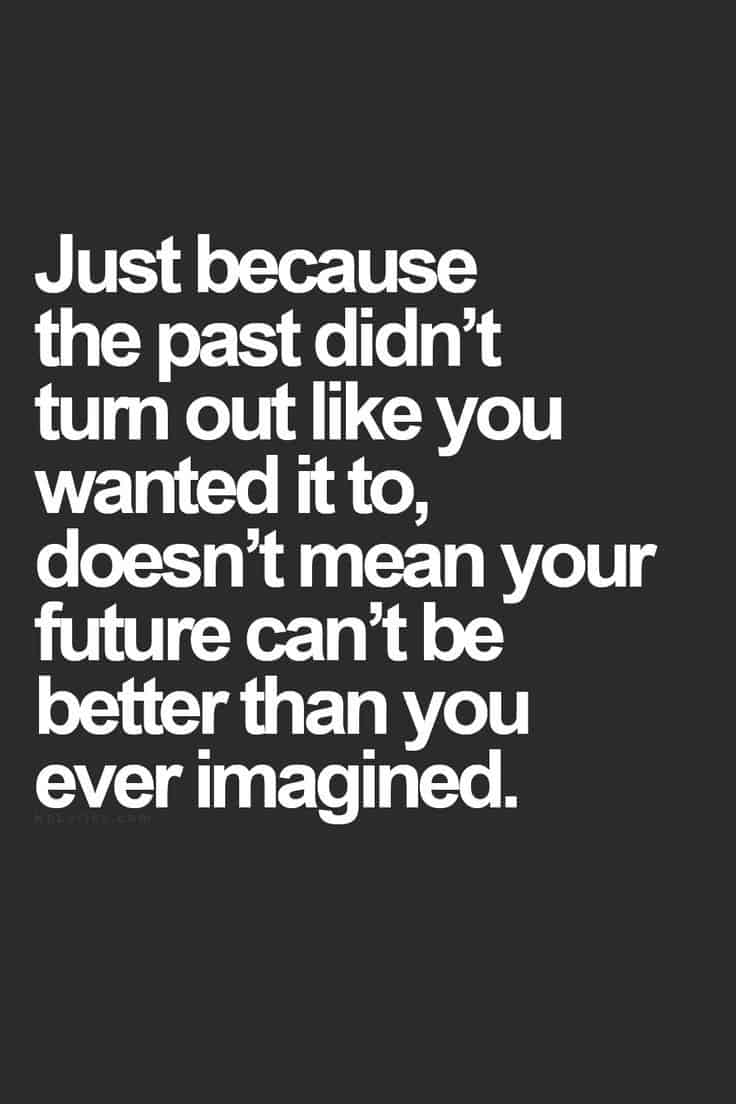It’s been awhile since I last published something on my personal blog. In fact, it’s been since March 2015, yet it seems like yesterday. I took the plunge back into a corporate role with Security Compass, a leading software security firm, as Head of Talent. Needless to say, it’s been a whirlwind, and frankly, I’ve had little to no time for much else. I did manage to squeeze in a couple of SocialHRCamp’s in Omaha and Chicago, and 2 DisruptHR Toronto events. Beyond that it’s been head down and nose to the grind with Security Compass.
 And there’s one more thing. I’ve had a significant change in my personal life, and without getting into details, those that know me well know what I’m talking about.
And there’s one more thing. I’ve had a significant change in my personal life, and without getting into details, those that know me well know what I’m talking about.
I’m sure 99% of you have heard of Tinder, and I’m going to bet that the majority of you who are single have used it. Don’t know what Tinder is? All you have to know is, “based on a picture, you swipe left and right”. Yes that’s it. If you really want to know more about Tinder, just go to Google and I’m sure you’ll find tons of good stuff to digest.
Within the HR/Recruitment industry we talk a lot about recruitment experience, tactics, quality of hire, etc… Ultimately we want to find and hire the best possible talent out there. We utilize a variety of tools to help us evaluate, assess and screen prospects so that we can be confident we’re hiring the right people for our organizations. The question I ask you is this. What percentage of the hires that you make are the right ones? Further, out of the bad hires (yes you all make bad hires), were you able to identify what went wrong during the recruitment process? Perhaps the bad hire had nothing to do with the process, but everything to do with the organization? This is possible. But for argument sake, assume that all bad hires in your organization have nothing to do with hiring managers and everything to do with the process.
Where Am I Going With This
If you have ever used Tinder you know that how people are “scientifically matched” (by the way, it is extremely scientific) is by both people swiping right. What encourages them to swipe either way in the first place? It’s all about first impressions; attractiveness of profile photos, and even the words within the profile itself. Or, people could have a variety of other reasons for making swiping decisions. If you ask many people who use Tinder (for the record, I’m not one of those people) regularly they will tell you their primary connection strategy is to swipe right as fast as you can possibly swipe, match, then go back and re-assess while weeding out those that you don’t initially see a possible connection with. I guess this is a smart strategy as it saves a huge amount of time in actually evaluating their profiles to determine if you have any interest whatsoever in the person.
Regardless of whatever strategy you employ while using Tinder, ask yourself if how Tinder works will truly enable you to find that perfect match? While definitely possible, I would argue it’s very unlikely. Now switch gears and think about how you assess prospective talent. Is it true that a Recruiter spends on average 7 seconds reading a resume? How in the world can someone get a true understanding of someone in 7 seconds? They can’t. So, what’s the difference between Tinder and how we traditionally recruit? Hmmm… perhaps not much!!???

I have long been an advocate that “the resume” is horrible at evaluating talent, yet it’s the central thing that connects a prospect to an organization. Maybe there’s no point to this post, but simply to raise something that I have observed during my 15+ year career. At the end of the day, there is very, and I meant VERY little difference between how traditional recruitment evaluates talent and how people evaluate partners using Tinder.
Feel free to disagree with me, and I’m hoping there are some of you out there that do. I’d like to hear from you!
Gosh – while I doubt I would’ve connected Tinder to a resume without reading your post first, on both first and second glance I have to agree with you. Sure you might find who you’re looking for and add a substantial connection to your life/workplace with a quick glance (a friend of mine has a pair of friends that met on Tinder & are now happily married), but seriously how often does that happen. And with the costs involved in finding the right people, how much of that money is spent with a Tinder like experience? Holy smokes.